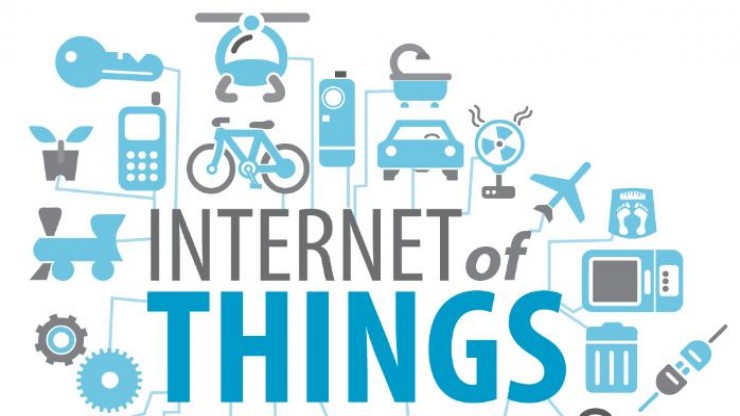
“The next level applications of IoT open the door for bigger computing markets to deliver more than expected. IoT has become an incredible vision of the future.”
The fourth industrial revolution contains the cyber-physical systems which combine mechatronics, automation, and robotics to the IT systems. Nowadays there is an increase in desire for many commercial sectors and houses to combine data to the internet to access it. Thanks to the mobile phone revolution and the enhancement of IoT that we can receive data anywhere and at any time. The applications of IoT are incredibly increasing. Some of the useful applications of IoT are:
Followings are most popular applications of internet of things.
Smart Cities:
IoT provides a leverage technology to serve people in cities. Even the streets are connected and gather information in real time which is the core of smart cities. There are weather sensors connected at every corner to monitor the changes in the environment, to manage automatic weathering and detect leaks up to the river level to prevent floods.
Some sensors provide updates on sir pollution, noise. Energy and water consumption will also be available in real time so that one can take measures to save the resources. Remote monitoring is also present to avoid damage and also the drivers can receive warnings on their GPS with connected road signs.
Thus smart cities have video management, smart lighting, dynamic information, equipment accessibility, remote metering, connected charging stations, park assistance, automatic watering, connected waste containers and many more.
IoT in Disaster Management
Today 4.4 Billion people or approximately 66.67 percent of the world’s population are living in countries affected by disasters due to manmade or natural causes. Many people have lost their lives, became disabled due to these natural disasters. IoT takes an initiative in creating a roadmap to avoid projects in the risky areas reducing the impact of man-made and natural disasters.
There is a national database created for emergency management which captures the location prone to disasters in advance and sends the information in real time in advance. It also notifies the requirement of resources during the occurrence of any disaster.
IoT in Portable Energy And Resource Monitoring:
Using IoT we can get data in real time. In the near future, there are chances that our resources may get extinguished. Hence it is our responsibility to store the resources for the future. IoT provides smart meter which seamlessly and continuously read the meter information and sends the data required by the user in real time.
IoT Application Platform:
While using IoT devices we need a certain platform to connect with and are helpful in providing the data in real time. The platform is also helpful in interfacing other IoT devices and applications. These are further used to relay information between IT protocols. The gap between the IoT devices like sensors and cloud where data is received and transmitted is fulfilled by the platform. It acts as software glue also called as middle-ware to build the structure from top to the bottom level.
IoT platform provides a base for all devices which saves time by providing the fastest path to IoT data in many ways like real-time analytics, the database provides, and many more. Some of the IoT platforms that is available as open source is Kaa, Predix, Oracle, and many more. The main features of these devices include rich connectivity, built in recommendation facility, error handling, along apache licensed cloud services.
To develop any web applications, the web developers must integrate many devices on the web platform to perform multiple functions. This process involves binding many servers configuring many components such as Apache, PHP, and SQL as the database. The web applications depend on the requirement of the user. This data is gathered at the main web portal.